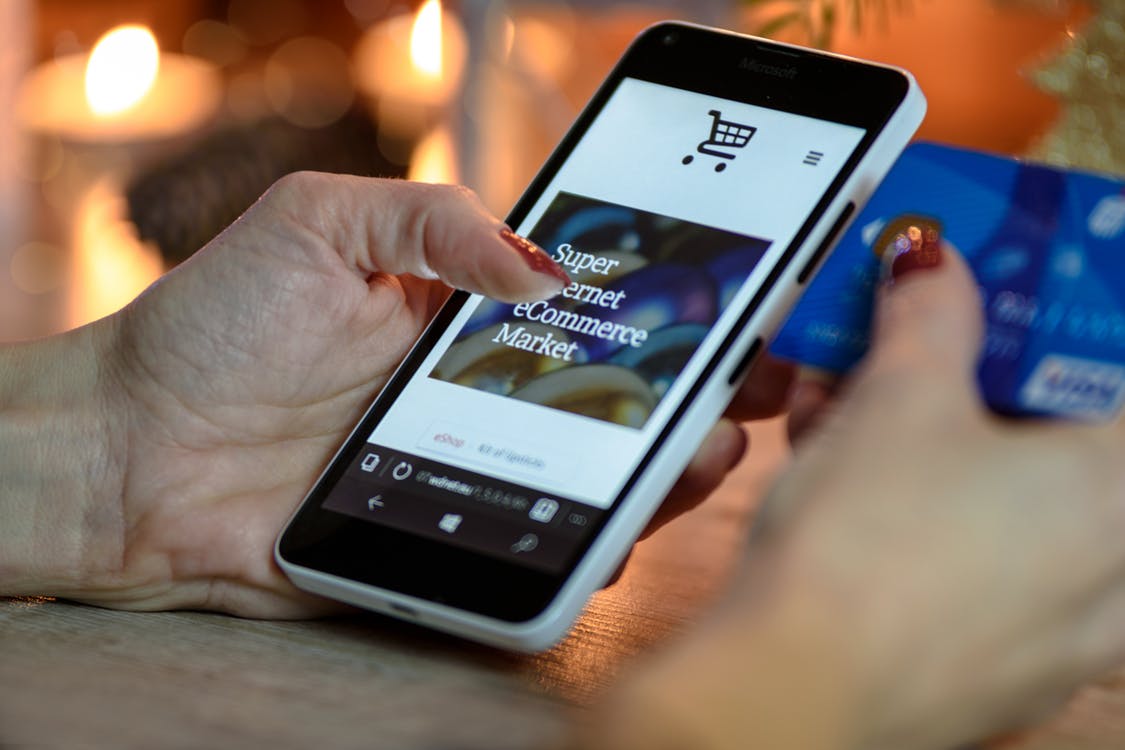With online shopping rapidly becoming more popular than hitting the high street, starting an online store is a logical and essential business step. But, simply launching an e-commerce store is not enough; the demand for online shopping means that you’ll be up against fierce competition as a web-based retailer. Therefore, following a detailed course like zero up course can be helpful to you.
When you’re up against so many big-name online retailers, the key to success lies in creating an e-commerce website that stands out for all the right reasons. So, we’ve put together a checklist of essential components that every good e-commerce store needs.
#1. A Great Mobile Shopping Experience
With smartphones and tablets available today that can do just as much as your PC or laptop if not more, it’s no surprise that many online shoppers like to make purchases from their smart devices. But, purchasing online can suddenly become a nightmare if the store doesn’t provide a mobile-friendly experience.
When putting together your website design, it’s vital that you opt for a responsive theme that will look and work well on any device from smaller smartphones to PC browsers. Not only should your product pages, company information, images and descriptions be easy to view on mobile, you should also ensure that the navigation system is easy to use and that your checkout cart also functions well on smaller gadgets. Additionally, a downloadable mobile app creates even further convenience for your customers.
#2. Informational and Detailed Product Descriptions
Today, most people think nothing of ordering a product that they’ve never seen online. But, with such a large assortment of choices, customers often research and hunt around for the best options before handing over their credit card details.
So, don’t lose out to your competition by failing to describe your products well on your website. The more detailed, the better – customers are much more likely to make a purchase if they can successfully imagine the product beforehand. Additionally, you might want to consider adding product videos to your website; this allows visitors to get a realistic idea of what to expect and provides more intricate details to help a potential buyer make up their mind.
#3. High Quality Product Photography
Low-quality product photos can really put visitors off from becoming paying customers when they land on your website. Even if you have tried to make up for it with an intricately detailed and honest product description, it’s important to remember that the photo is usually the first thing your customers see before clicking through to the product page.
So, it’s certainly worth investing in professional equipment, or hiring a professional product photographer to create stunning images for your website. Along with prioritizing quality, also think about how you can make the experience easier for your visitors. For example, allow them to see a larger version of the image with a zoom function and include a gallery of images, providing them with various views of the product from all angles.
#4. Minimal Design and Clear Navigation System
When potential customers land on your site, they don’t want to be bombarded with information overload. Keeping things short, sweet and to the point is essential; customers need to know exactly where to go to get what they need.
Focus on creating a website that has a minimal, simple design with no distractions. When designing your website, focus on putting together a structure that makes it as easy as possible for your customers to find what they are looking for. For example, include an easily accessible menu bar where visitors can skip to the different categories of products available, and a user-friendly search tool that customers can use to find specific products, ranges, and more.
#5. Quick Page Loading Time
Today, customers expect websites to be loaded up and ready to browse within just a few seconds. Any longer, and you’re running the very real risk of potential customers clicking the back button and heading over to a competitor’s site instead. So, to get great traffic to your e-commerce store and reduce your bounce rate, focus on getting your page loading time down as much as possible.
To do this, it’s a good idea to avoid cluttering your site with large media files such as videos and images; one or two is usually fine, but too many could seriously slow your site down. Additionally, you might want to consider upgrading your hosting plan if slow loading times are becoming an issue for you.
#6. A Clear Returns Policy
Since buying online means that you can never be 100% sure about a product until it arrives on your doorstep, it’s important for e-commerce stores to have a clear returns policy in place. Selling online means that you can’t avoid the fact that at times, customers will be dissatisfied with a product and return it. For example, if you run a clothing store, you may have returns simply because an item didn’t suit the buyer once tried on.
When purchasing items online, customers need to feel confident that they’ll be able to return their purchase and get a full refund should it be unsuitable for their needs. So, ensure that you have a clearly laid-out returns policy available on your website that is easily accessible to visitors.
#7. Secure Guest Checkout Options
Asking your customers to create an account to buy from your store can be great for gathering data on your audience. However, when it comes to customer relations, being unable to avoid filling out a lengthy form before making a purchase can be off-putting. So, a secure guest checkout option that allows customers to buy without creating an account is essential for e-commerce companies today.
In addition, the most important part of your e-commerce website should be the payment system. A secure checkout is an absolute must; your customers need to have peace of mind that their data is protected. Companies that accept payments via secure third-party payment wallets such as PayPal are often favored by online shoppers.
When it comes to getting the best internet speeds possible, there are many variables to consider. And when something goes wrong with your system and you start to experience unusually slow internet speeds, the troubleshooting process can be complicated and overwhelming.
That’s why we created The Ultimate Guide to Internet Speed and Connectivity. We’ll take you through what you need to know about the internet step-by-step, so you can troubleshoot your system and improve your slow internet.







